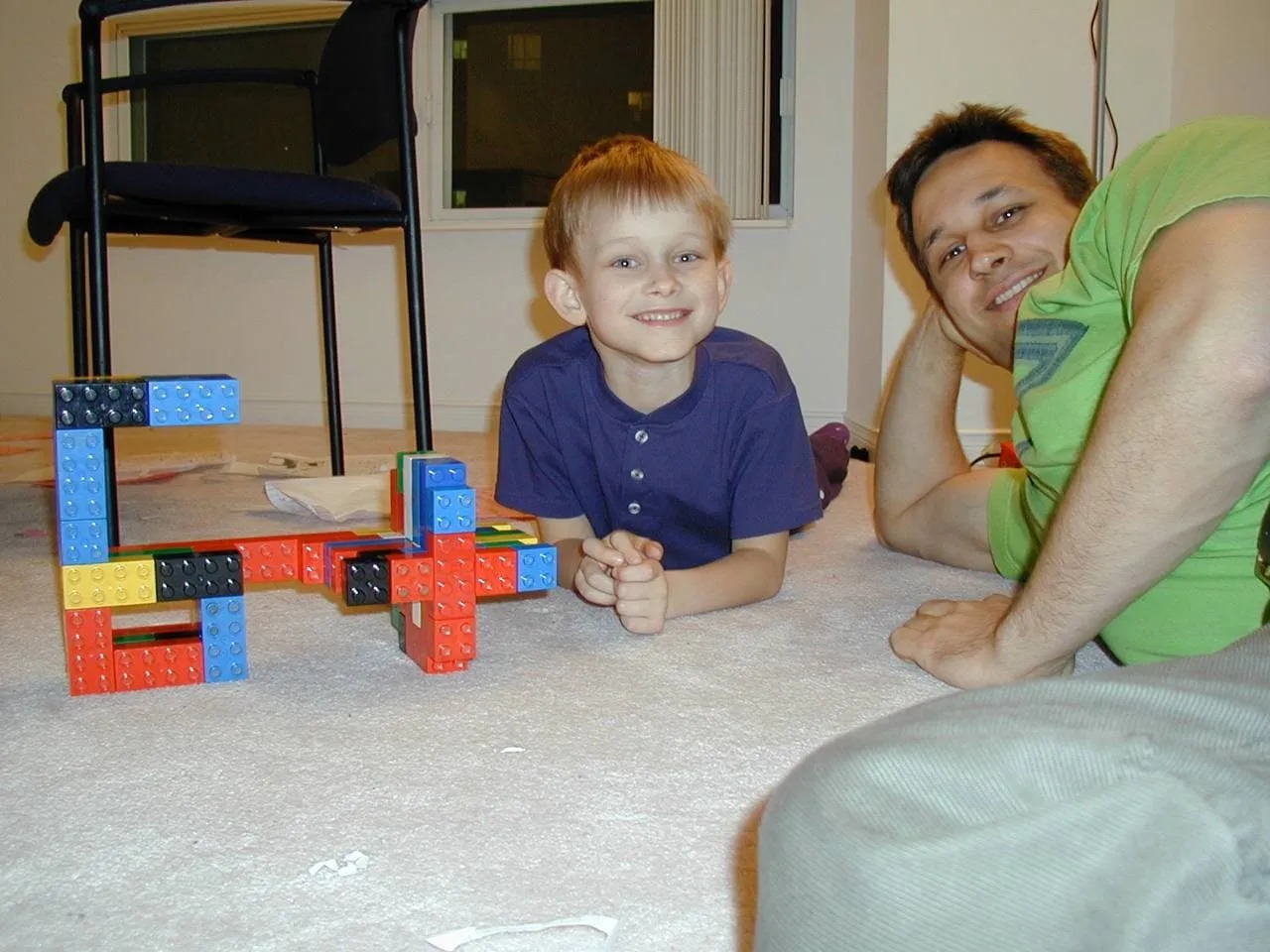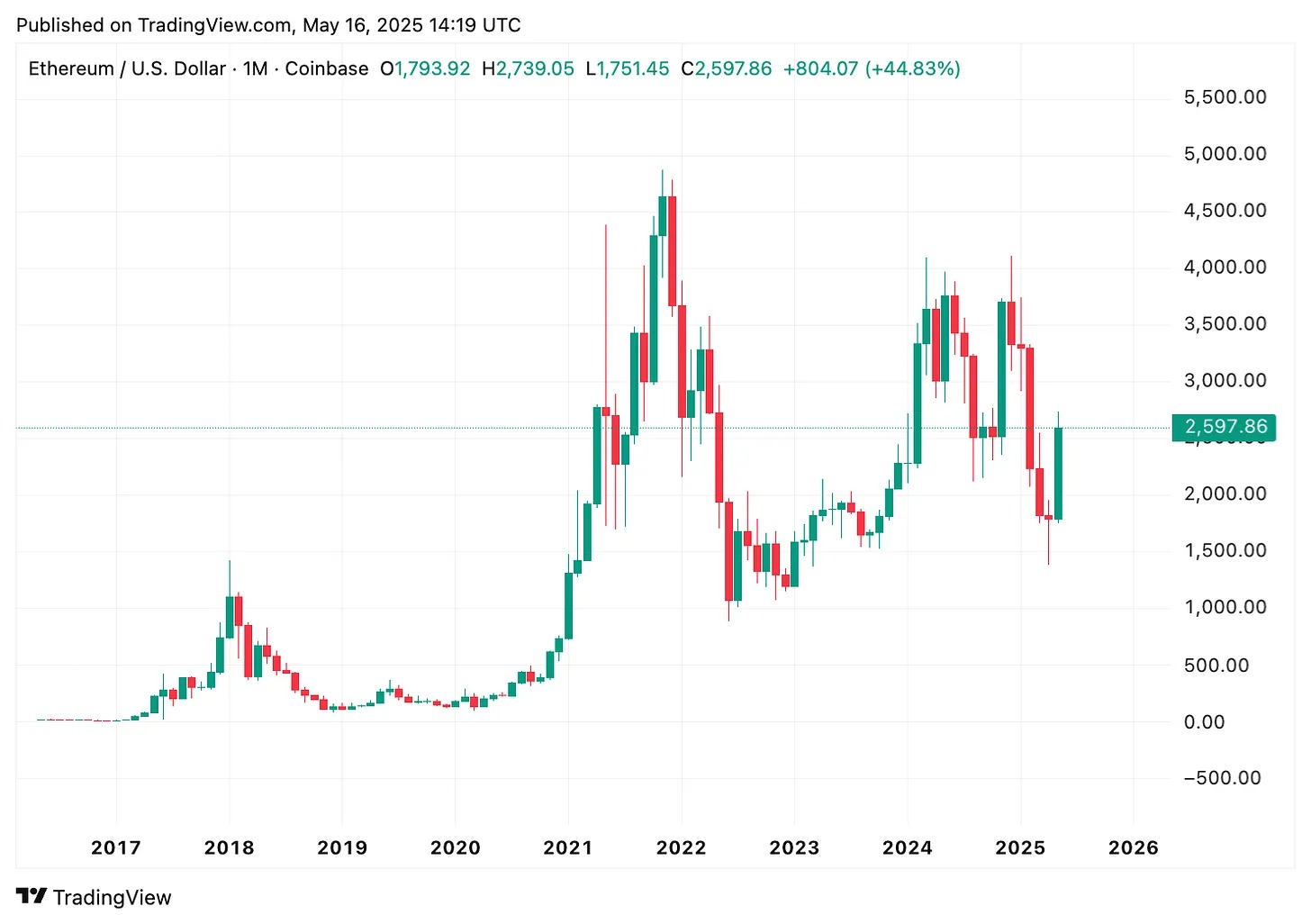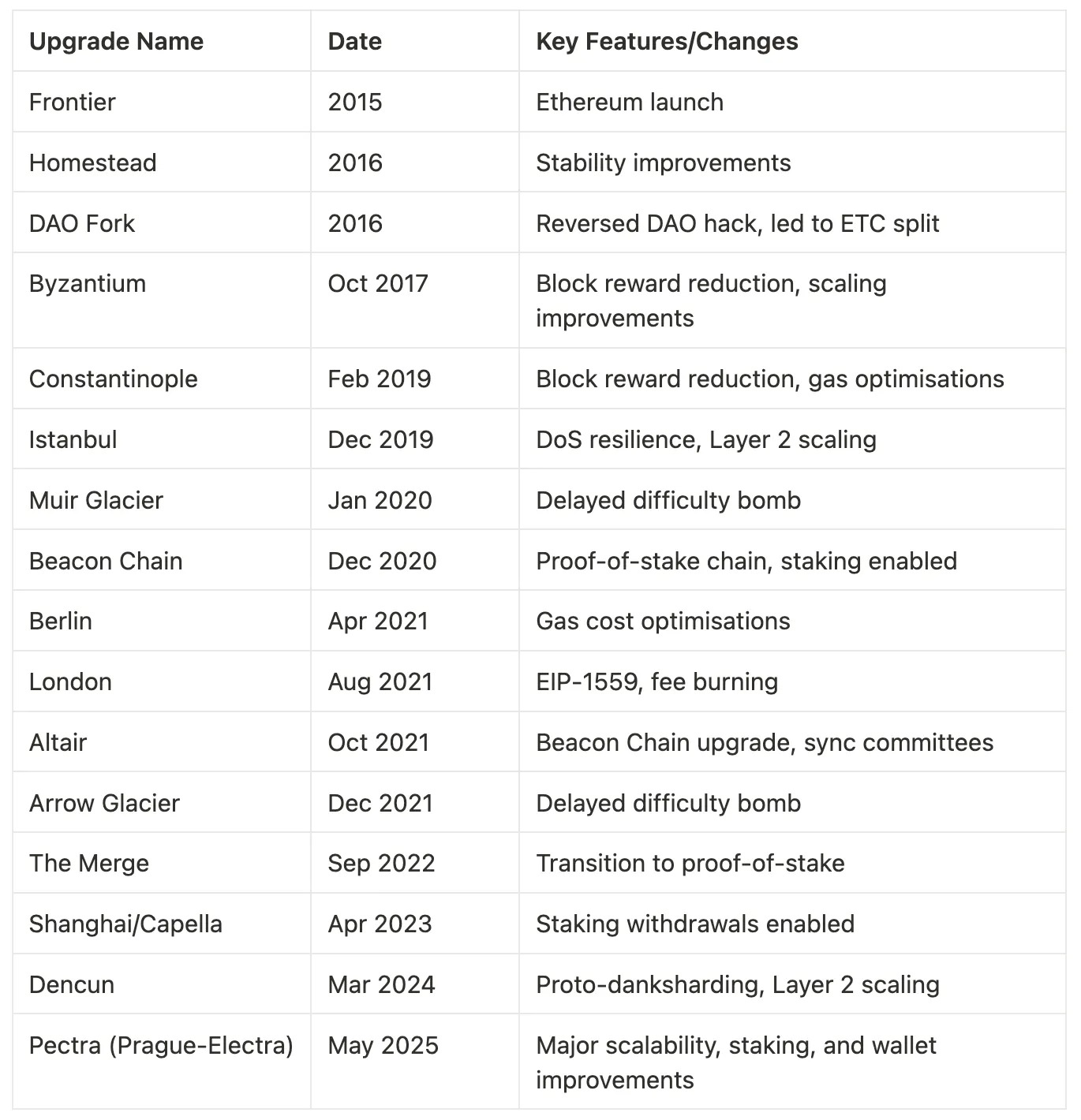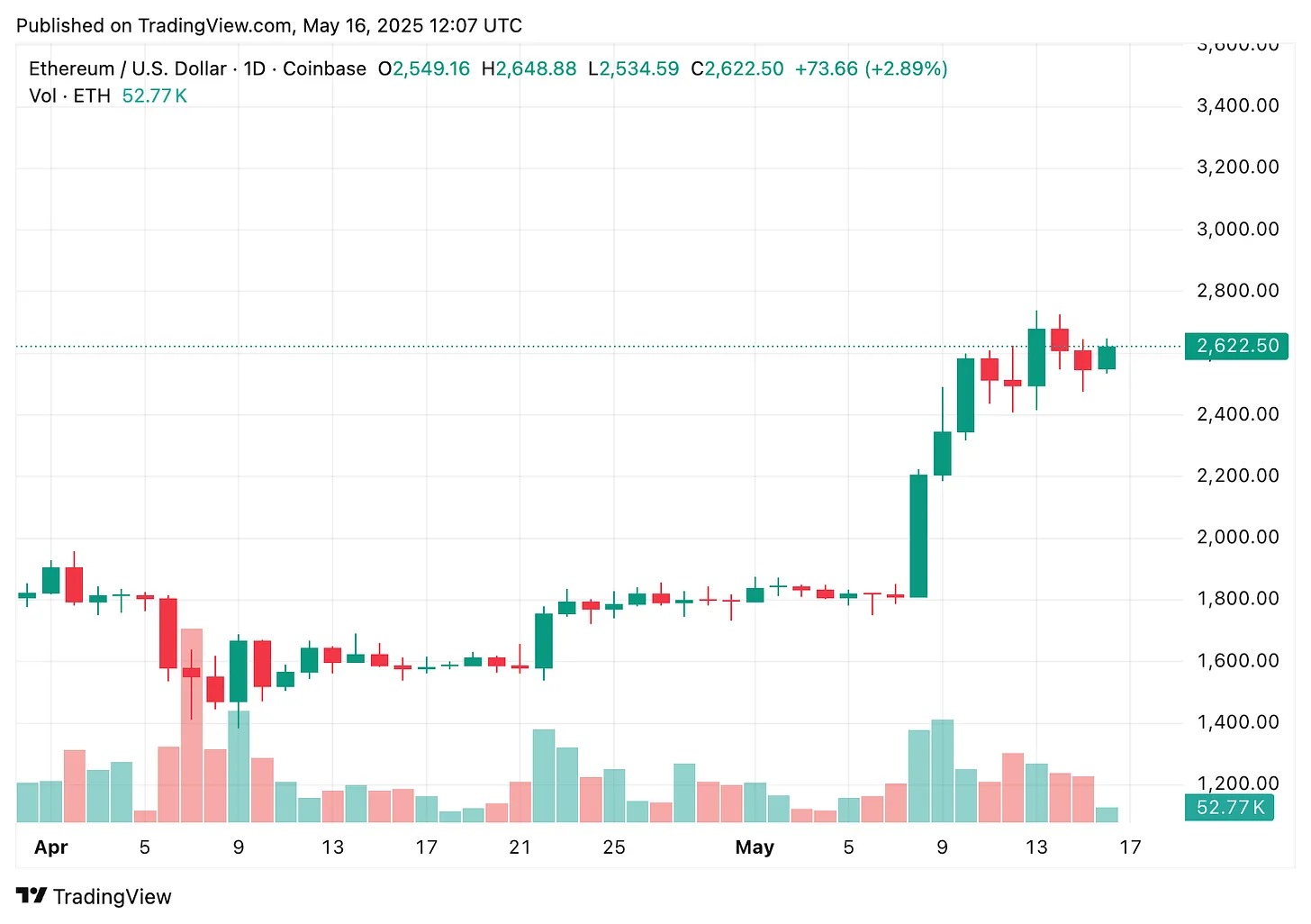Written by: Token Dispatch and Thejaswini M A
Translated by: Block unicorn
Preface
A creator of a $314 billion financial ecosystem, wearing a simple T-shirt, contemplating the future of humanity.
Vitalik Buterin, also respectfully known as V God in the industry, is a Russian-born genius who created Ethereum, changing the concepts of finance, art, governance, and digital ownership.
The entire ecosystem exists under his architectural shadow.
His influence extends from Wall Street conference rooms to developer hackathons across six continents. Central banks build central bank digital currencies (CBDCs) based on his design. The Ethereum Virtual Machine (EVM) powers thousands of projects processing billions of transactions daily.
When he speaks, markets fluctuate. When he writes code, industries transform. When he donates $1.14 billion to charities, he doesn't even make a public announcement.
As Ethereum continues to advance in the crypto world during a challenging period, Vitalik seems to be plotting his most ambitious vision yet: completely rebuilding it while keeping it running.
This genius who once cried because of a video game is now the most influential technical expert in the most important financial revolution of our time.
From Russia to Canada: Early Years
Vitalik was born on January 31, 1994, in Kolomna, about 113 kilometers southeast of Moscow, during the turbulent post-Soviet era in Russia.
His father, Dmitry Buterin, was a computer scientist, laying the foundation for Vitalik's connection with technology.

Vitalik and his father Dmitry Buterin
At six years old, his family immigrated to Canada seeking better economic opportunities. This move marked the beginning of a new chapter, with Vitalik's intellectual gifts gradually emerging.
In Canadian elementary school, teachers quickly discovered his mathematical talent. He could add and subtract three-digit numbers in his mind at twice the speed of his peers. This led him to be placed in a gifted children's program, where Vitalik began to realize he was different - particularly drawn to mathematics, programming, and economics.
"I was never particularly inspired by the traditional education system," Vitalik later wrote. But when he entered the private high school Abelard School in Toronto, his perspective changed dramatically. The environment that encouraged knowledge inquiry and critical thinking transformed Vitalik's relationship with learning.
His academic abilities continued to shine. In 2012, he won a bronze medal at the International Informatics Olympiad, proving his programming prowess on the global stage. However, perhaps the most critical moment of his intellectual development was not in the classroom, but through a video game.
From 2007 to 2010, Vitalik was obsessed with World of Warcraft. When game developers decided to remove the damage component of his beloved warlock skill "Life Drain," he was devastated - reportedly crying himself to sleep that night. This experience gave him a profound understanding of centralized control.
This experience prompted him to seek alternative systems that escape bodies that arbitrarily change rules.
Bitcoin Awakening
At 17, Vitalik's father introduced him to Bitcoin. This concept sparked his interest and prompted deeper research.
Wanting to participate in this emerging economy but lacking mining computing power or funds to buy Bitcoin, Vitalik chose an unconventional path: he began writing articles about cryptocurrency for a blog, earning 5 Bitcoin per article (worth about $3.50 at the time).
These early articles caught the attention of Romanian Bitcoin enthusiast Mihai Alisie. They co-founded Bitcoin Magazine in September 2011, establishing one of the first serious publications focused on cryptocurrency. Despite his youth, Vitalik's articles demonstrated technical depth and thinking beyond his age.
For two and a half years, Vitalik immersed himself in the Bitcoin ecosystem, deeply understanding blockchain technology's potential and limitations.
By 2013, Vitalik decided to fully commit to cryptocurrency, dropping out of computer science courses at the University of Waterloo.
"I do remember the day he came back from university. His mother was visiting our home, so when he walked in, the three of us were there - me, Maya, and Natalia. Then he said, 'Hey guys, I'm actually thinking of dropping out,'" his father Dmitry said.
He spent six months traveling the world, talking to developers and examining various blockchain projects. His findings revealed the truth: most projects were too narrowly focused on specific applications.
This observation sparked a key insight: What if blockchain could be programmed to do almost any task, not just handle financial transactions? What if developers could build applications directly on the blockchain?
By the end of 2013, 19-year-old Vitalik wrote a white paper outlining his vision for Ethereum - a platform beyond Bitcoin's limited functionality, becoming a fully programmable blockchain capable of supporting almost any application developers could imagine.
The Birth of Ethereum
Vitalik's Ethereum white paper proposed a radical concept: a blockchain with a Turing-complete programming language that could theoretically solve any computational problem given enough time and memory. At its core was the concept of "smart contracts": self-executing protocols with terms written directly into code.
People responded quickly and with great enthusiasm.
Within weeks, a group of programmers including Gavin Wood, Joseph Lubin, and Charles Hoskinson gathered around Vitalik's vision. In January 2014, they announced Ethereum's birth.
To raise development funds, the team held an initial coin offering (ICO) in July 2014, exchanging Ethereum (ETH) tokens for Bitcoin. This offering raised about 31,000 Bitcoins, worth approximately $18 million at the time - a sum that demonstrated immense confidence in the project's potential.
Meanwhile, Vitalik received a $100,000 Thiel Fellowship from PayPal co-founder Peter Thiel, designed to support young entrepreneurs willing to drop out of or skip college to pursue their ideas. This funding allowed Vitalik to work on Ethereum full-time.
After extensive development and testing, Ethereum officially launched on July 30, 2015. The first version, called "Frontier," was basic but fully functional, providing a platform for developers to start building decentralized applications.
Ethereum's design introduced several key innovations:
An account-based model, instead of Bitcoin's UTXO (Unspent Transaction Output) system
Smart contracts supporting complex self-executing protocols
Gas mechanism for measuring and limiting computational work
Ethereum Virtual Machine (EVM), a Turing-complete execution environment
These features made Ethereum more flexible than Bitcoin, opening doors for applications beyond simple value transfer. Developers could now create token systems, financial derivatives, decentralized autonomous organizations (DAOs), identity systems, and more on a single blockchain platform.
However, the launch of Ethereum was not without challenges. In 2016, a decentralized venture capital fund project called The DAO was hacked due to a code vulnerability, with hackers stealing millions of dollars worth of Ethereum, bringing a survival crisis to this young platform.
The community faced a difficult choice: modify the blockchain to recover the stolen funds, violating the principle of immutability, or accept the loss to maintain the system's philosophical integrity?
Vitalik advocated for a "soft fork" to recover the funds. This stance sparked controversy, leading to a community split and ultimately resulting in a blockchain "hard fork". The result was the formation of two independent chains: Ethereum (the modified chain that recovered the stolen funds) and Ethereum Classic (the original, unchanged chain).
This decision demonstrated the pragmatic side of Vitalik's leadership: willing to prioritize user protection over strictly adhering to ideological principles. This pragmatism has continued to characterize his approach to Ethereum's development.
Technical Vision and Evolution
Ethereum has always embraced continuous evolution. Refusing to be bound by traditional architecture is both its greatest advantage and its greatest challenge.
The platform's price chart tells a story of extreme volatility—from a few cents at launch to nearly $4,900 in November 2021, then dropping below $1,000 during the Crypto Winter of 2022, and now stabilizing at $2,605. Over the past decade, these fluctuations have tested the resolve of ETH supporters, who have experienced promised upgrades, delayed timelines, and technological transformations.

For Ethereum believers, this journey has been like an emotional roller coaster. Early supporters had envisioned rapid scaling solutions but needed enormous patience to face development cycles spanning years. Some gave up during low points, while the most loyal community members—"ETH maximalists"—maintained their belief through multiple market cycles.
What many critics overlook is that Ethereum's seemingly slow development pace is actually carefully designed. Vitalik has always been at the forefront of community development.
As a truly community-driven protocol, each major upgrade requires extensive research, multiple implementations, community debate, and rigorous testing. This governance model prioritizes security and consensus over speed—a necessary approach when handling hundreds of billions of dollars in value.
Ethereum's ten-year journey has spanned several important milestones.

Vitalik's roadmap for Ethereum's future development revolves around several key stages, playfully named:
The Merge: Complete transition to Proof of Stake (PoS)
The Surge: Implement sharding to enhance scalability
The Verge: Introduce Verkle trees to improve efficiency
The Purge: Reduce storage requirements
The Splurge: Enhance quantum resistance
The recent Pectra upgrade (May 2025) advanced this roadmap by improving wallet functionality and validator economics, but the true North Star remains Vitalik's vision: a blockchain as a global neutral infrastructure for coordination and value exchange.
For validators, this upgrade raised the maximum staking limit from 32 ETH to an impressive 2048 ETH, significantly reducing operational costs for institutional stakers. These improvements have driven ETH out of its recent price slump, rising from about $1,615 in mid-April to over $2,600 today, an increase of more than 60%.

Just days before Pectra's launch, Vitalik published a seemingly contradictory vision in his blog post "Simplifying L1", arguing that Ethereum must become "almost as simple as Bitcoin" within five years.
He proposed replacing the Ethereum Virtual Machine with RISC-V (an open-source instruction set architecture), claiming it could bring a "100x performance improvement" while making the system more developer-friendly.
This apparent contradiction—implementing the complex Pectra upgrade while advocating for radical simplification—reflects Buterin's pragmatic approach: making necessary improvements to the current system while planning a more elegant future architecture.
(Translation continues in the same manner for the rest of the text)This criticism touches on the fundamental challenge of decentralized projects: how to balance visionary leadership with truly distributed governance. Ethereum's success partly stems from Vitalik's technical insights and roadmap, but its long-term resilience requires going beyond dependence on any single individual.
Ethereum's current transformation—from immediate technical improvements in the Pectra upgrade to Vitalik's longer-term vision of radical simplification—is less an isolated change and more a fundamental readjustment of its approach. The market's recent positive response indicates that investors believe in this dual strategy of immediate enhancement and long-term architectural innovation.
The contradiction between Vitalik's personal wealth and his philosophical commitment presents another paradox. While his net worth exceeds $1 billion, he lives modestly, wears simple clothing, and focuses on intellectual rather than material pursuits. However, as one of Ethereum's largest token holders, he gains economic benefits from platform growth—which may conflict with the fair, decentralized system he advocates.
His approach to these contradictions is inspiring. Vitalik does not pretend these contradictions do not exist, but openly acknowledges them and examines the trade-offs of different development paths. This intellectual honesty stands in stark contrast to the exaggerated marketing and tribalism prevalent in the crypto space.
In a domain dominated by extremism and absolute thinking, Vitalik offers a different model: courage to explore knowledge, willingness to revise perspectives, and commitment to building technology that serves human values rather than merely disrupting existing systems. Whether this approach can withstand market pressures and competing visions remains an open question—one that will likely define the next chapter of Ethereum and Vitalik's story.






